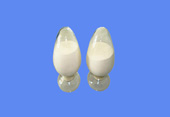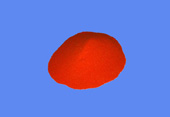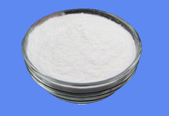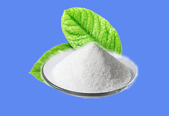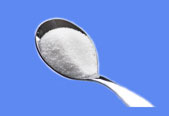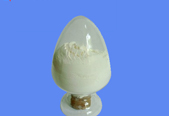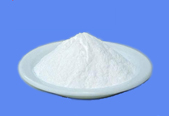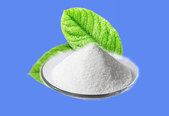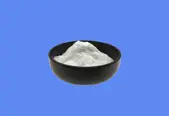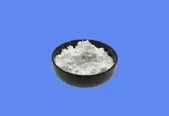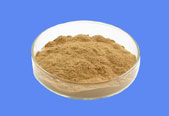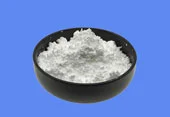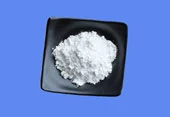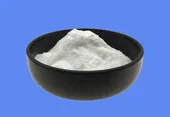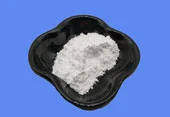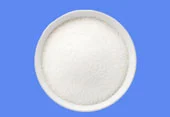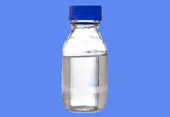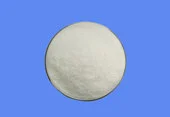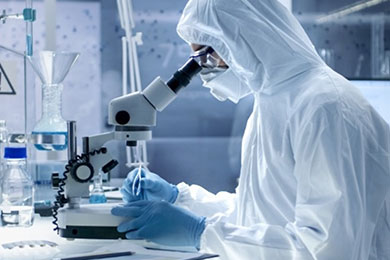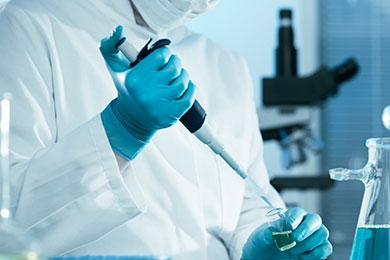
Search

Search

Plant growth regulator refers to synthetic agents used to promote or inhibit plant physiological functions: germination, rooting, bud differentiation, flowering, sturdy, deciduous, etc.
There are many types of plant growth regulators, and they work in different ways. According to their main physiological effects can be classified into growth promoters, growth delay agents, growth inhibitors and hormone herbicides.
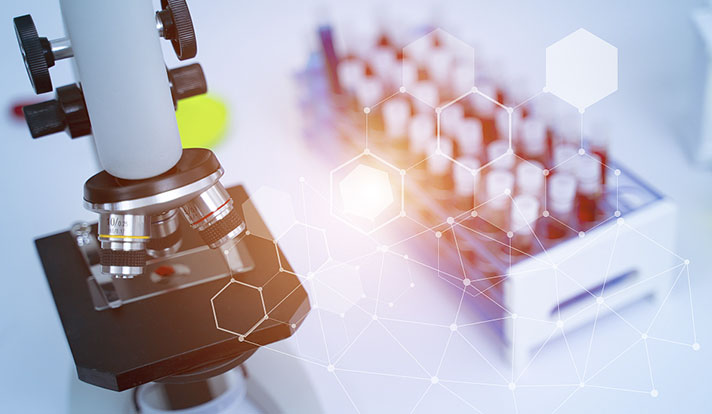
After the plant absorbs the growth regulator, it is transported to the place of action, after a series of physiological and biochemical changes, and finally shows the morphological anatomical change, that is, the growth and development change. These changes take time. In fact, plant growth regulators should be applied a few days earlier, depending on the time of physiological anatomical changes in the site to be resolved.
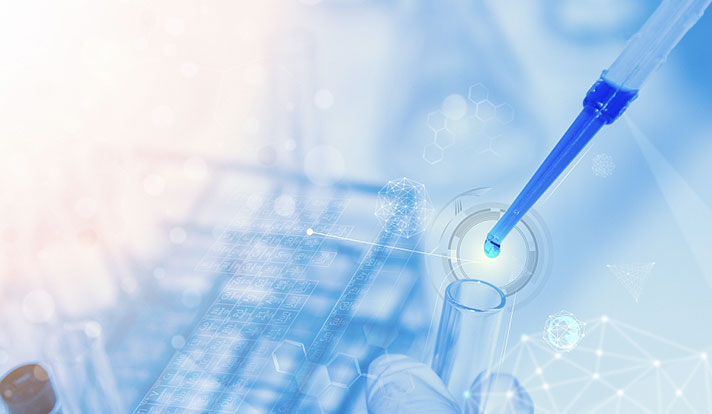
First, plant growth regulators themselves are safe. The target of plant growth regulator is the cell, tissue and organ of a plant, which acts by binding to plant receptors. Plant growth regulators do not act on animals and humans and are therefore safe for humans.
Secondly, the agricultural products treated by plant growth regulators are safe. Plant growth regulator toxicity is low, the dosage is small, the use of concentration is generally in one millionth of an order of magnitude, easy to degrade, as long as in accordance with the use period and use of national regulations, there is no residual problem, not to accumulate in the human body.


Fortunachem Provides Not Only Professional Chemical Products But Also Professional Help
Keeping you up-to-date with all the latest information, news, and events about Fortunachem!
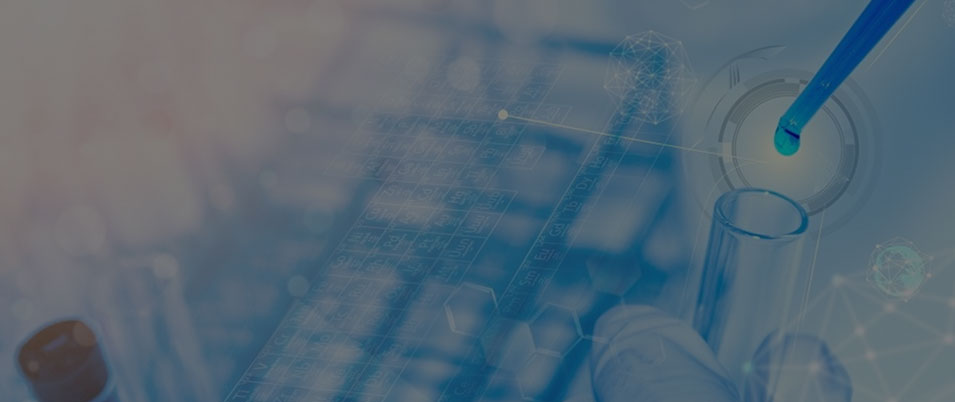
Quick Links
Add:
E-mail:
 English
English  Español
Español  français
français  العربية
العربية 
